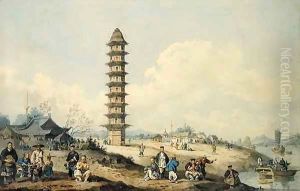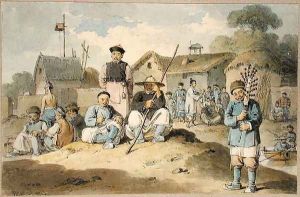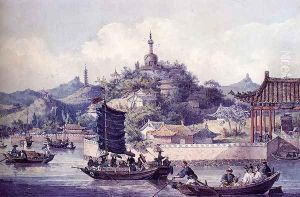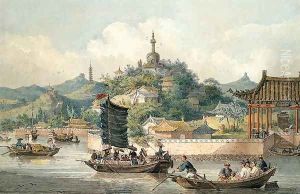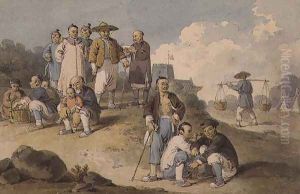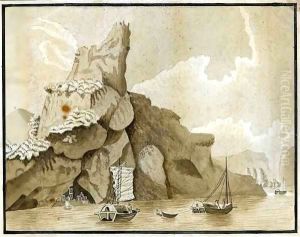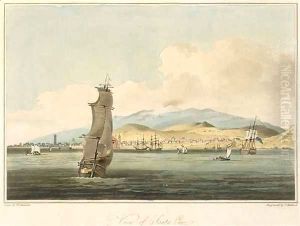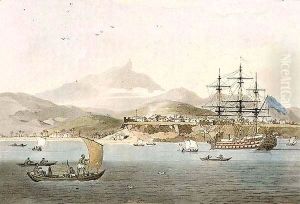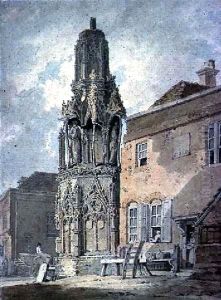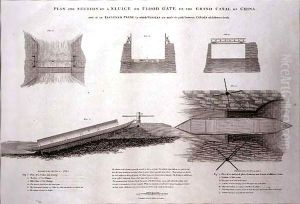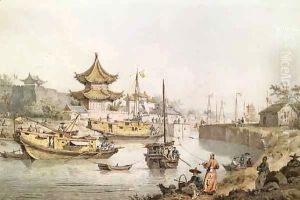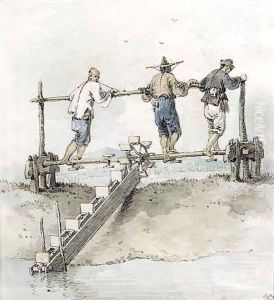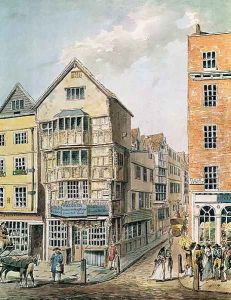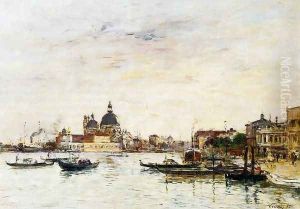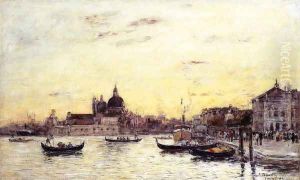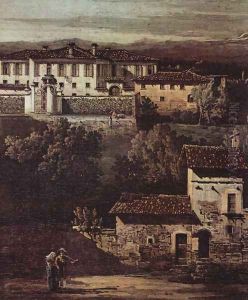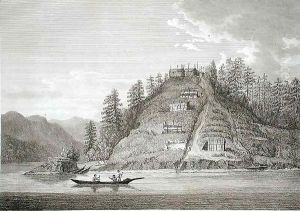





Village of the Friendly Indians at the entrance of Bute's Canal
-
About Reproduction
Discover the allure of art with our faithful reproduction of "Village of the Friendly Indians at the entrance of Bute's Canal", originally brought to life by the talented William Alexander. Unlike posters or prints, our hand-painted oil painting breathes an unique sense of depth and texture into your space. Every detail, every stroke, and every texture is meticulously recreated, paying the perfect homage to William Alexander and his artistic vision.
Owning this piece is more than just decoration - it's a statement of your refined taste in art. Let the vibrant colors and intricate details of this replica serve as a daily reminder of the beauty in our world. Elevate your decor and appreciate the richness of art with our replica of this masterpiece.
-
Painting Description
"Village of the Friendly Indians at the Entrance of Bute's Canal" is a notable artwork by William Alexander, an English artist, illustrator, and engraver known for his works depicting landscapes and scenes from his travels. Born in 1767, Alexander had a significant impact on the visual documentation of late 18th-century and early 19th-century exploratory expeditions, particularly those in China and North America. This specific piece, created during Alexander's involvement with British expeditions, captures a moment of cultural and geographical significance, offering viewers a glimpse into the interactions between European explorers and Indigenous peoples in the Pacific Northwest at the time.
The artwork is distinguished by its detailed portrayal of the Indigenous village located at the entrance of what is known today as Bute Inlet in British Columbia, Canada. Bute Inlet is one of the principal inlets of the British Columbia Coast, and Alexander's depiction provides valuable historical insight into the early contact period between European explorers and the Indigenous communities residing in this remote part of Canada. The title itself, "Village of the Friendly Indians at the Entrance of Bute's Canal," suggests a peaceful encounter and highlights the artist's perspective on the nature of this interaction.
Alexander's technique, characterized by precise line work and attentive detail to the natural and human elements of the scene, reflects his training and skill as both an artist and an observer. His works often served as important records of the landscapes and peoples encountered by European expeditions, contributing to the broader European understanding of distant lands and cultures during a period of intense exploration and colonial expansion.
"Village of the Friendly Indians at the Entrance of Bute's Canal" not only stands as a significant artistic creation but also as a historical document, offering insights into the early 19th-century encounters between European explorers and the Indigenous peoples of the Pacific Northwest. Through Alexander's eyes, viewers are provided with a visual account of these early moments of contact, preserved in the detailed and respectful rendering of the Indigenous village and its inhabitants. This artwork remains an important piece for both art historians and scholars of Indigenous and colonial histories, reflecting the complexities and nuances of these early interactions.
-
Lead Time & Shipping
When you order this oil painting replica, it typically takes 2-3 weeks to paint. If the artwork is more complex, it might need a little more time to ensure the best quality. Once it's ready, we'll send you a photo for your approval. After you give the green light, we'll ship it to you for free.
-
Return & Refund
We believe in the quality of our hand-painted oil painting reproductions, and your satisfaction is our priority. If for any reason, you are not completely satisfied with your purchase, we offer a 45-day return policy. You can return your artwork within 45 days of receipt and receive a full refund. Please note that the artwork must be returned in the original packaging and in the same condition as it was received.





